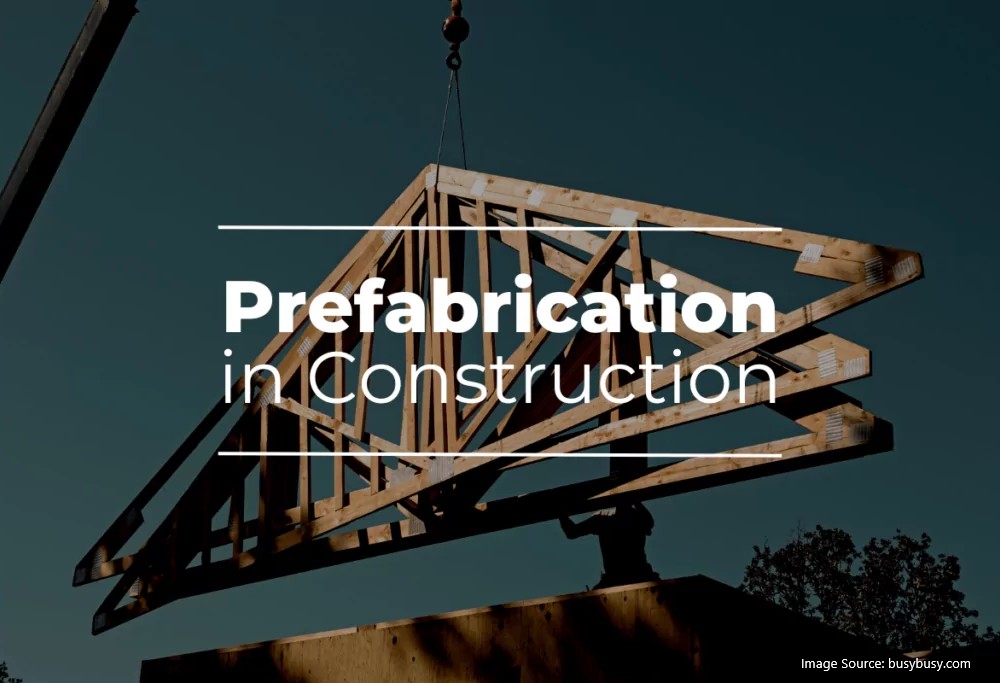
The construction industry is under increasing pressure to deliver projects faster, more efficiently, and with higher quality. In the realm of Mechanical, Electrical, and Plumbing (MEP) design, traditional workflows often lead to inefficiencies, clashes, and costly rework. However, one transformative approach is redefining how MEP systems are designed and installed: early prefabrication integration.
By incorporating prefabrication into the design process from the outset, project teams can streamline workflows, enhance collaboration, and significantly improve project outcomes. This blog explores how early prefabrication integration is revolutionizing MEP design and why it should be a key strategy for any construction project.
What is Early Prefabrication Integration?
Early prefabrication integration refers to the process of planning, designing, and coordinating MEP systems with prefabrication in mind from the initial project stages. Unlike traditional methods, where MEP components are often designed separately and assembled on-site, this approach ensures that prefabricated elements are incorporated into the project’s Building Information Modeling (BIM) workflows and construction sequencing from the beginning.
This method involves:
- Collaboration between stakeholders – Architects, engineers, contractors, and fabricators work together from the early design phase.
- Detailed, fabrication-ready models – MEP components are designed in a way that aligns with prefabrication constraints and manufacturing capabilities.
- Optimized logistics and installation – Prefabricated assemblies are delivered just in time, reducing material waste and site congestion.
Key Benefits of Early Prefabrication Integration
- Reduced On-Site Labor and Installation Time
On-site MEP installation is labour-intensive and often affected by weather, scheduling conflicts, and space constraints. By shifting a significant portion of work to a controlled factory setting, prefabrication minimizes these challenges. Components arrive on-site pre-assembled, reducing installation time and labour costs.
- Improved Accuracy and Quality
Traditional MEP installations often involve last-minute adjustments due to design clashes or inaccurate measurements. Early prefabrication integration ensures that all components are fabricated with precision using digital models, reducing errors and improving quality.
- Enhanced Project Scheduling and Predictability
Prefabrication enables just-in-time delivery, meaning assemblies arrive when needed, minimizing storage issues and keeping projects on schedule. By designing with prefabrication in mind, MEP teams can better align with overall project timelines, reducing costly delays.
- Lower Material Waste and Environmental Impact
Material waste is a major challenge in traditional MEP construction. Factory-based prefabrication optimizes material usage, leading to less waste and a more sustainable approach to construction. Additionally, controlled fabrication environments lead to safer and more efficient use of resources.
- Better Coordination with BIM and Digital Twins
Early prefabrication integration is most effective when combined with Building Information Modeling (BIM) and Digital Twin technology. BIM allows for detailed 3D coordination, ensuring MEP systems fit seamlessly into the building’s design. Digital Twins provides real-time updates and predictive analytics, further optimizing prefabrication and installation.
The Future of MEP Design with Prefabrication
The construction industry is rapidly evolving, and early prefabrication integration is becoming a standard practice rather than an exception. As digital tools such as AI-driven design, generative BIM modelling, and advanced robotics continue to develop, the efficiency and feasibility of prefabricated MEP systems will only improve.
Companies that embrace this shift now will benefit from greater efficiency, cost savings, and higher-quality projects. By integrating prefabrication early in the design phase, construction professionals can ensure a more streamlined, collaborative, and sustainable future for MEP design.
Testimonials
Very professional and efficient organization. Delivered a great product to a tight deadline.
ACE Power
Karl and the team are very professional and have a vast knowledge of BIM coordination.
Dwayne Willaims Babinda Electrics
We had multiple large projects with tight deadlines and needed a company we could trust. The teams delivery, attention to detail and understanding of what is being designed is always executed to a high standard.
Martin O’Donovan Envar Engineers
Draftech offered a flexible and reliable approach to working collaboratively with our team. They met our expectations and quality requirements and also offered up new ideas.
Draftech have proven to be a valuable and trustworthy resource and we will continue to work with Draftech on other projects.
Simon Marsden Umow Lai
Draftech is different from others in the professionalism and features they provide.
The ability to walk through projects in real time online provides invaluable insight into problem areas and helps provide an efficient resolution on the spot without many phone calls, emails and the necessity for us to paw through countless drawings to understand the issues.
Todd Morris Manager - Air mech
Draftech were put forward to FIP Electrical as the solution to Coordinate, Model, carry out clash detection, provide Electrical Services Shop Drawings, as built documentation and completed electrical model.
Simon Thorpe FIP Electrical
In close collaboration Draftech set up all our systems and model deliverables. In this process Draftech have proven to be a valuable resource for us and demonstrated commitment, understanding and professionalism.
David Skelley DJCoalition
Draftech’s attention to detail and proactive nature throughout the project assisted us in identifying issues before becoming evident on site, saving us both time and unexpected costs.
Matt Payne PJM Engineering Services
They delivered very high quality Revit models and associated 2D documentation at key milestones, working to a tight budget and in strict accordance with the Architects’ BIM requirements.
Peter Thomas Geoff Hesford
We found Draftech’s work to be of high standard and the team delivered exactly as agreed, in fact, when we considered the project complete, Draftech put further resources into the project as they were not satisfied.
John Johnson Beca
Engaging Draftech during design gave us the tools to make smart decisions.
Hansen Yuncken Design Manager - Michael Harkins
The drafting service is timely, reliable and fit for purpose for the built environment.
Peter Harvey Harvey Industries
Draftech stands apart from other drafting services that we have previously used in their attention to detail and ability to adapt to the individual client’s requirements.
Doug Holt McCaig Aircon
I can confidently recommend Draftech as a solid and reliable supplier, and experts in their field. I look forward to working with them again in the near future.
Chris Behan Norman Disney & Young
After seeing the benefits Draftech provided us on the Townsville Hospital Redevelopment we have set up a relationship with Draftech and intend to continue to use their BIM knowledge and skills for our future projects.
Brad Lund Energy Power Systems
Draftech has no competition as they are in a class of their own.
John Boyes Babinda Electrics
Draftech Developments Drafting and Design Capabilities, in conjunction with their outstanding level of Client service and support has provided great solutions to our engineering and Drafting Design portions within our Gorgon Barrow Island Project.
Aaron Hazelton Applied Electro Systems Pty Ltd
Draftech set up necessary systems and workflows very quickly, but also setup auditable estimating and weekly cost tracking processes that we utilised, requiring little maintenance.
TOM PURDON MPM GROUP




























